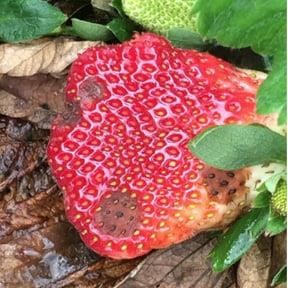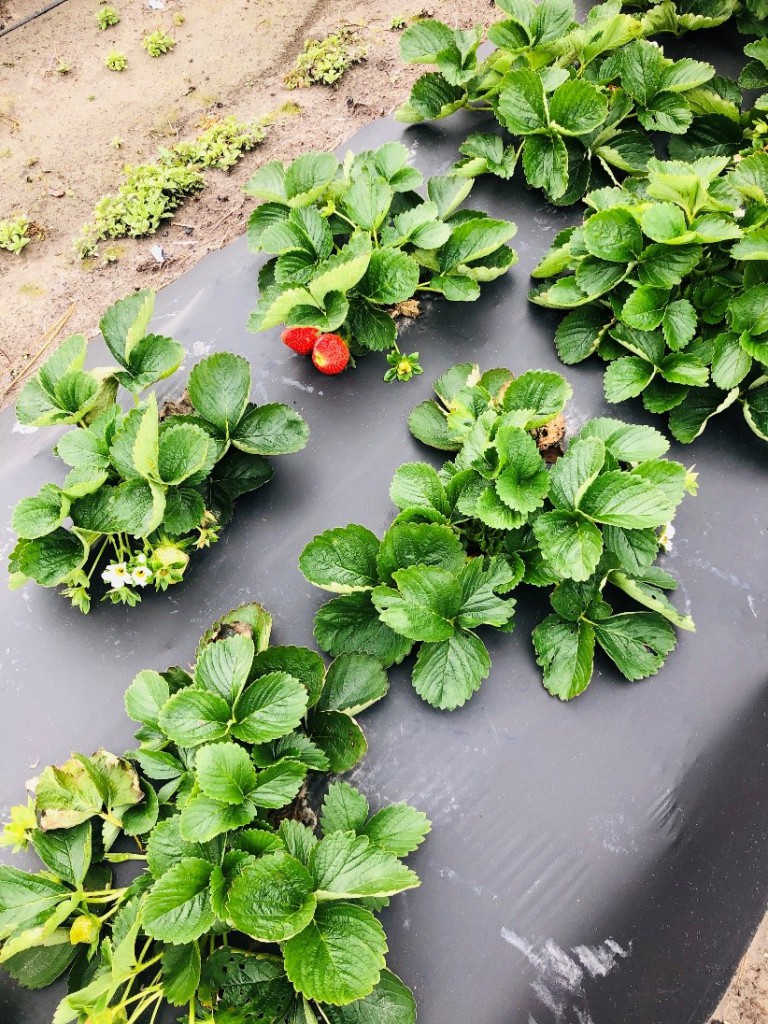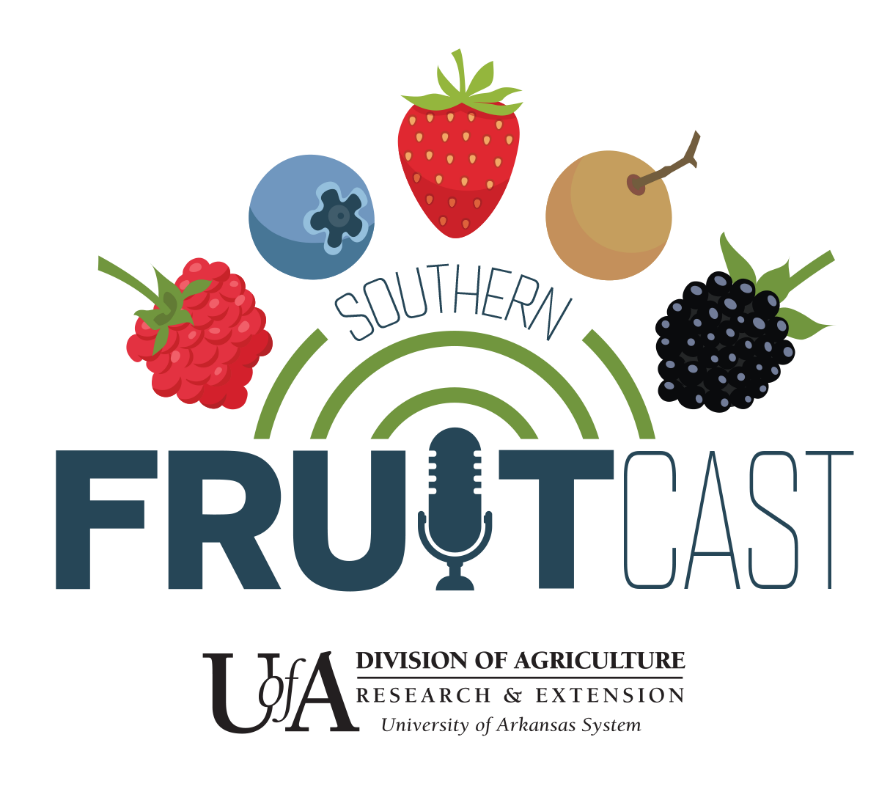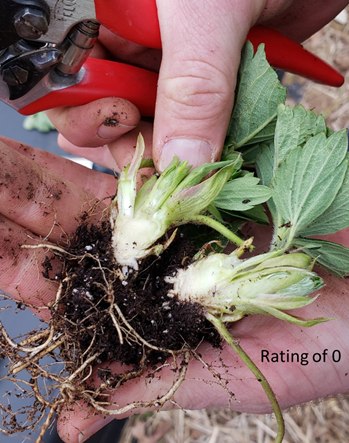Strawberries
Strawberry articles written by members of the Southern Region Small Fruit Consortium. More information on Strawberry crops.
-

By Emran Ali, Phillip M. Brannen, and Tammy Stackhouse Fungicide resistance is a major problem for growers, as it can lead to loss of disease control, reduced yields, and unnecessary expense by applying products that no longer work. Fungal pathogens are managed with a limited number of fungicide classes. There is, therefore, a high risk…
Posted in: Winter 2021 -
By Jayesh B. Samtani, Assistant Professor and Small Fruit Production Specialist, Hampton Roads Agricultural Research and Extension Center, Virginia Tech University This past season, we were able to evaluate seven short-day varieties, Camino Real, Chandler, Flavorfest, Keepsake, Merced, Rocco, and Ruby June and three, day-neutral varieties- Albion, San Andreas and Sweet Ann. The day-neutral varieties…
Posted in: Winter 2021 -

By Amanda McWhirt, University of Arkansas; Jayesh Samtani, Virginia Tech University; Mark Hoffmann, North Carolina State University; Barclay Poling, Professor Emeritus, North Carolina State University; and Guido Schnabel, Clemson University During the fall of 2020 much of the Southeastern region experienced above-average temperatures during November. These warmer than average temperatures resulted in above-average growing degree…
Posted in: Winter 2021 -

Dr. Aaron Cato, IPM Specialist, University of Arkansas The Southern Fruitcast is hosted by Aaron Cato and Amanda McWhirt, extension IPM and production specialists for fruits and vegetables at the University of Arkansas. This podcast aims to cover the people, technology and latest developments in small fruit production in the Southeast. These topics are covered…
Posted in: Fall 2020 -

Douglas G. Pfeiffer, Department of Entomology, Virginia Tech When the fruit are in, it is easy to think about putting the sprayer away. But sometimes there are insect issues that can be addressed in post-harvest, fall or winter periods. Let’s take up a few now. Grape In general, it is advisable to maintain healthy foliage as…
Posted in: Fall 2020 -

E. Barclay Poling, Professor Emeritus, NC State & Master Licensee for Lassen Canyon Strawberry Nursery; and Whit Jones, Extension Agent (retired), Duplin County & Farm Manager, Cottle Strawberry Nursery In this paper, we wish to simply report our findings from a strawberry variety and advanced selection trial at a location in Eastern, NC (Cottle Farms, Faison), over the…
Posted in: Fall 2020 -

Amanda McWhirt, Horticulture Specialist, University of Arkansas In early November of 2019 a cold front moved across the Southeast on Veterans day, and brought drops in temperature of 40-50°F across the state of Arkansas. Lows temperatures dipped to 13-14 °F statewide on Tuesday November 12th, 2019 and in some cases set new low temperature records…
Posted in: Fall 2020 -

Rebecca A. Melanson, Extension Plant Pathologist, Mississippi State University, and Aaron Cato, IPM Specialist, University of Arkansas Diagnosis is the first step in pest management. It is first necessary to know the cause of a problem before appropriate management methods can be implemented. Management methods that do not accurately address the problem at hand can…
Posted in: Fall 2020 -

Dr. Aaron Cato, IPM Specialist, University of Arkansas The Southern Region Small Fruit Consortium is an expansive source for unbiased information and news for small fruit growers and county agents across the Southeast. The consortium’s website features production and IPM guides that are updated yearly by specialists across the region, webinars relating to a plethora…
Posted in: Summer 2020 -

Jayesh B. Samtani, Assistant Professor and Small Fruit Production Specialist, and Danyang Liu, Ph.D. Candidate, Hampton Roads Agricultural Research and Extension Center, Virginia Tech. We are just about done with our strawberry season for 2019-20 growing season and like me, most of you are already beginning to think about the next strawberry crop cycle. Those…
Posted in: Summer 2020